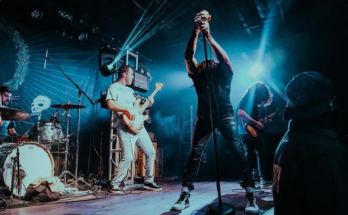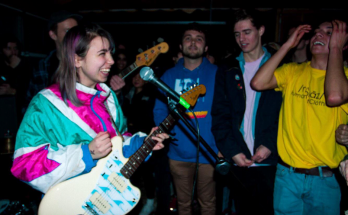Miles Davis
The Cellar Door Sessions 1970
The Cellar Door Sessions is a generous gift of contemplation-worthy content for the detail-obsessed atomist, a product of rich, impressionistic summations for the holist, and perhaps the leader in a crowded field of post-mortem Miles Davis material released by Columbia. While Fillmore impresario Billy Graham had Davis performing hard-nosed jazz fusion to bemused hippie crowds on both coasts, the band he had assembled likely saw the week of club dates at Washington D.C.’s Cellar Door as a convenient respite from both touring and white audiences who didn’t know what to make of Davis’ eccentricities and funk inspirations underlying the music. The Cellar Door Sessions captures the band on six discs of performance material, taking to the venue with panache when necessary, other times reveling in the general silence, as on various takes of the minimalist “Honky Tonk”, which often served as both an oasis and the rising action for the nights’ plotline.
Like much of Miles’ fusion material, this group represents a skeleton of the second quintet, though no original members of that seminal group are present by the time of this session. Though few could hope to capture Wayne Shorter’s performance ability, Gary Bartz (on saxes) is the perfect foil for Davis. Though he’s reluctant to hold the mic too long, he relishes the requisite weirdness of the concerts and excels far above the bar set by Miles’ later saxists. Michael Henderson, formerly a Stevie Wonder sideman and Miles’ first electric-only bassist, represents the only material held over from the Bitches’ Brew sessions (with the exception of a few bars of Shorter’s “Sanctuary” near the end of the run), particularly on “Directions,” a Josef Zawinul (Weather Report) composition; one performance is the source for Henderson’s most sprightly bass line, leading off “Sivad” on Live-Evil, an extensively-edited compendium of these sessions released in 1970.
These musicians, in addition to Jack DeJohnette (drums) and Airto (percussion on all but the first disc), however, are well represented on countless other recordings from this period; the standout performance comes from the amazing Keith Jarrett. Jarrett, playing organ and electric piano, later became known for his impressionistic, improvised piano performances. However, while he is an outstanding improviser, here he shows his expansiveness – his style clearly meshing with the inscrutable style of the leader. As Bartz never interrupts his mentor and John McLaughlin (who played guitar on the final night of the run) is often unavailable, Jarrett is a fortiori the only foil for Davis; he’s also amazing on his “improvisations” that pop up throughout the sets. John McLaughlin’s abilities to melt down and recast the band with his own personal imprint are evident on the night he is present.
Other Miles Davis box sets from Columbia have dissected full-length releases, glued back together the awkward collages, and removed the mystery in the process. The Cellar Door Sessions represents a coherent product meant to be heard, a product listeners have sadly been without for 25 years. It’s easy to see how fusion could have gone another direction if just a few more had been able to hear this amazing music.



